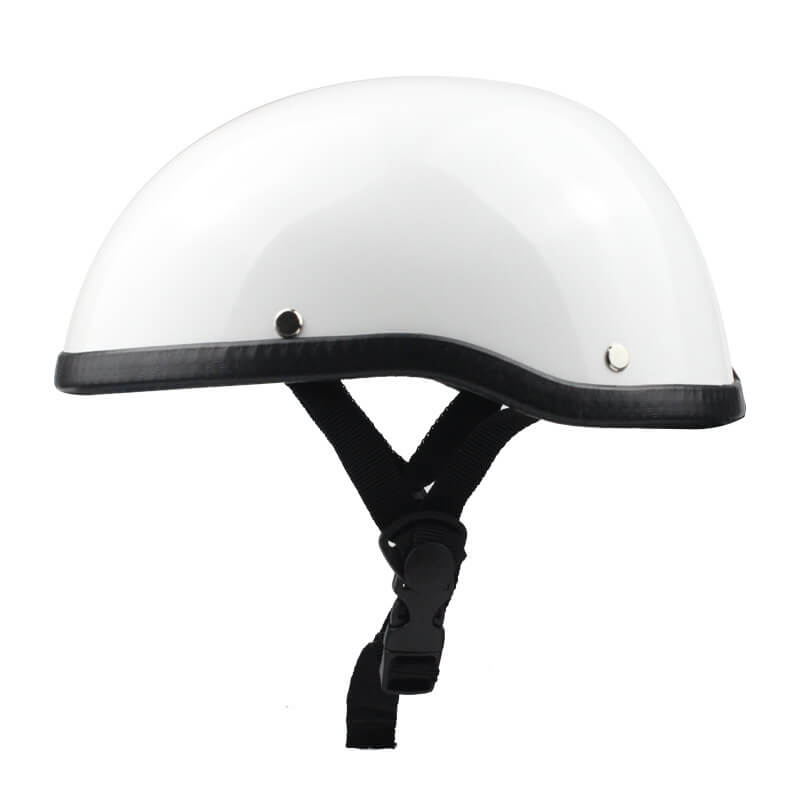
Amazon.com: CRAZY AL'S WORLDS SMALLEST DOT HELMET IN GLOSS BLACK WITH OUT VISOR SIZE LARGE : Automotive

WCL Helmet Beanie Motorcycle Half Helmet- Smallest and Lightest DOT Approved Skull Cap — WCL Helmets

Biker Lid Helmets - 🔥🔥Smallest DOT Helmet On The Market 🔥🔥 Are you looking for a Light Low Helmet? Low Fitting Beanie Helmet, No More Mushroom Head, Big Savings, 🔥🔥 LIMITED TIME🔥🔥

WCL Helmet Beanie Motorcycle Half Helmet- Smallest and Lightest DOT Approved Skull Cap — WCL Helmets

Amazon.com: GAOZHE Smallest Dot Approved Motorcycle Helmet, Light Baseball Cap Modeling Retro Open-Face Helmet for Men and Women DOT Certified, Bike Cruiser Chopper Moped Scooter ATV Helmet : Automotive

Amazon.com: Bikerhelmets.com - World's Smallest Motorcycle Helmet - DOT Approved Ultra Low Profile Beanie - Flat Black With Peak - Large : Automotive

Smallest, Lightest and Lowest Profile DOT Motorcycle Helmets | Motorcycle helmets, Helmet, Leather motorcycle helmet




















